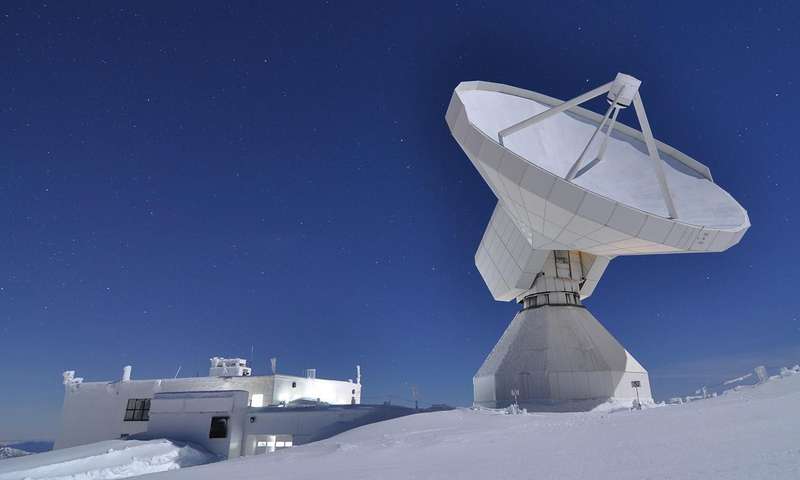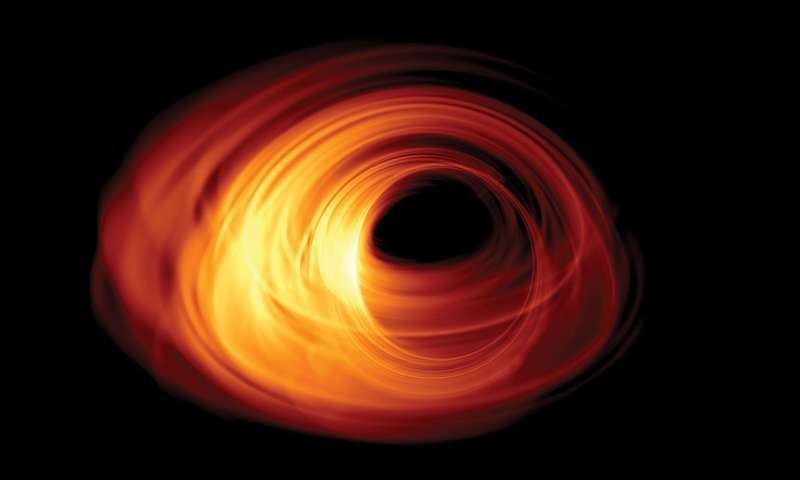For the first time ever, astronomers are looking to record an image of the black hole that lies at the center of our galaxy using the Event Horizon Telescope, which is an amazing piece of equipment links observatories from all across the globe to form one big telescope. Dark stars were already being hypothesized about back in the 18th Century by naturalists John Mitchell and Pierre Simon de Laplace and their idea that these stars gravity is so strong that light can’t escape them, still, lies within the realms of Newton’s gravitational theory and the corpuscular theory of light. Einstein also explained the concept of black holes at the beginning of the 20th Century.
Black holes are large masses that are so compact that not even light can escape from them, hence why they remain black and difficult to observe. Even so, researchers have still proved their existence indirectly by measuring the gravitational waves from those that collide with one another or by picking up on the strong force that’s exerted all around them and is the reason why stars orbit an invisible gravitational center.

The event horizon is the name given to the boundary that encircles a black hole. When matter passes by, the black hole supposedly emits an intense radiation. One of the main goals of the Event Horizon Telescope (EHT) is to capture an image of the black hole that’s at the center of our galaxy. But because it’s so far away it appears really small.
However, this problem is easily solved through the interferometry and that is rather than use just one big telescope, why not combine the capability of several across the globe? This month will see the EHT project take off and carry out observations at a frequency of 230 gigahertz and a wavelength of 1.3 millimeters. The angular resolution of the telescope allows users to view objects as small as a human hair from a distance of 500 kilometers away. This is, of course, the maximum possible under the most optimal of conditions, but even a portion of that is still impressive.
Further data processing for the EHT will be done at the Max Planck Institute in Bonn where computers will evaluate data from the black hole and investigate the following five objects in more detail: M 87, Centaurus A and NGC 1052 galaxies as well as the quasars OJ 287 and 3C279. Next year another observatory, called NOEMA, will join the EHT project and it will be the most powerful telescope of all those that lie in the northern hemisphere.
More News to Read











